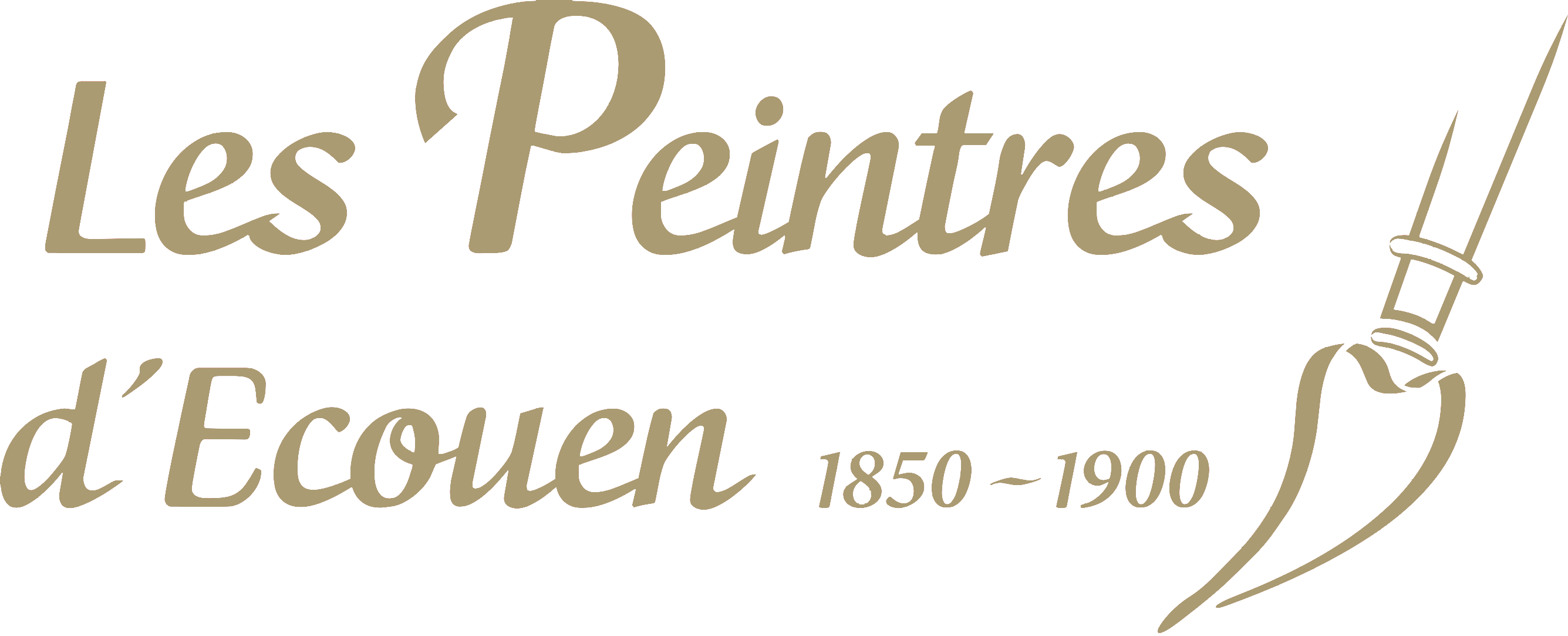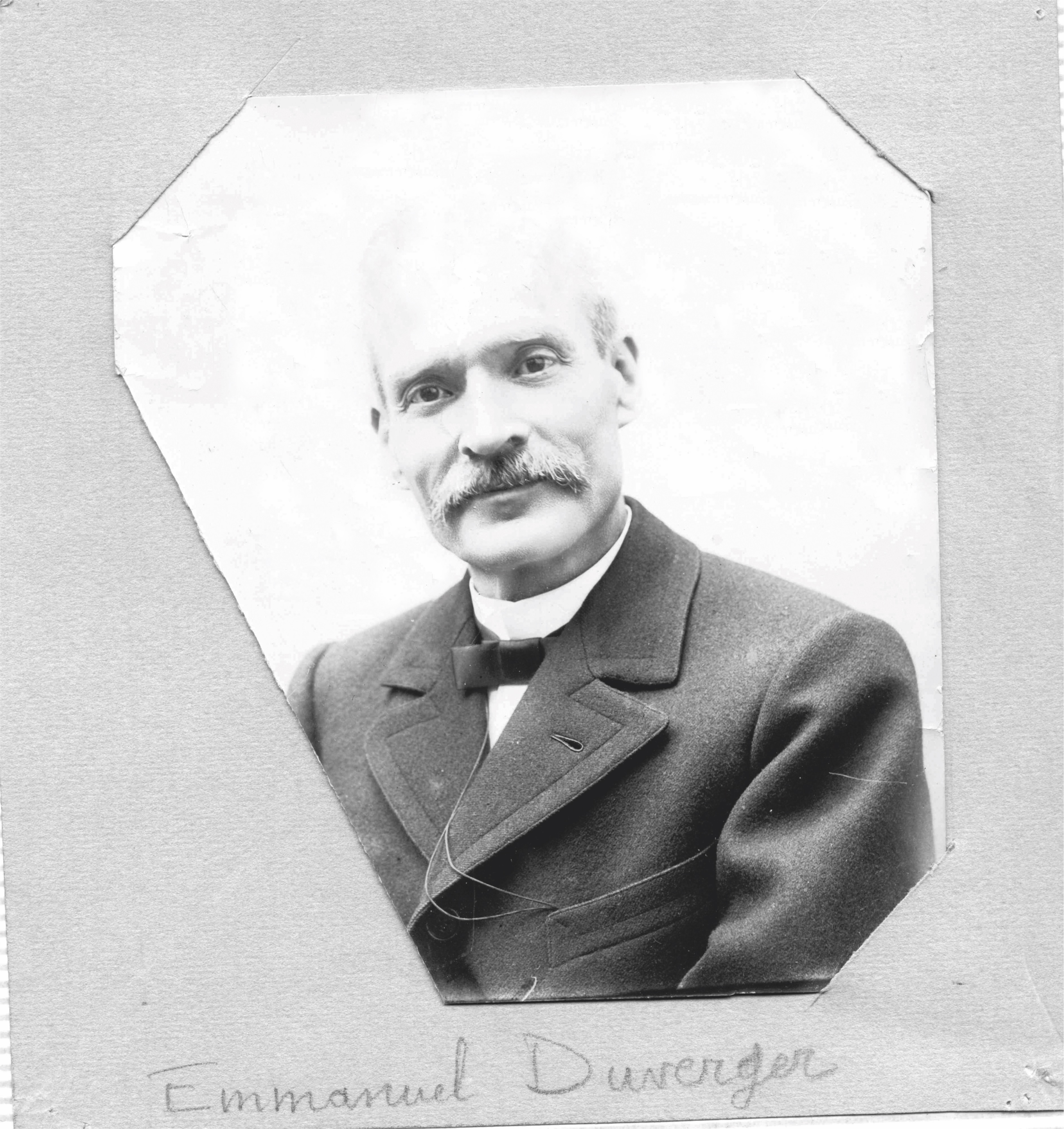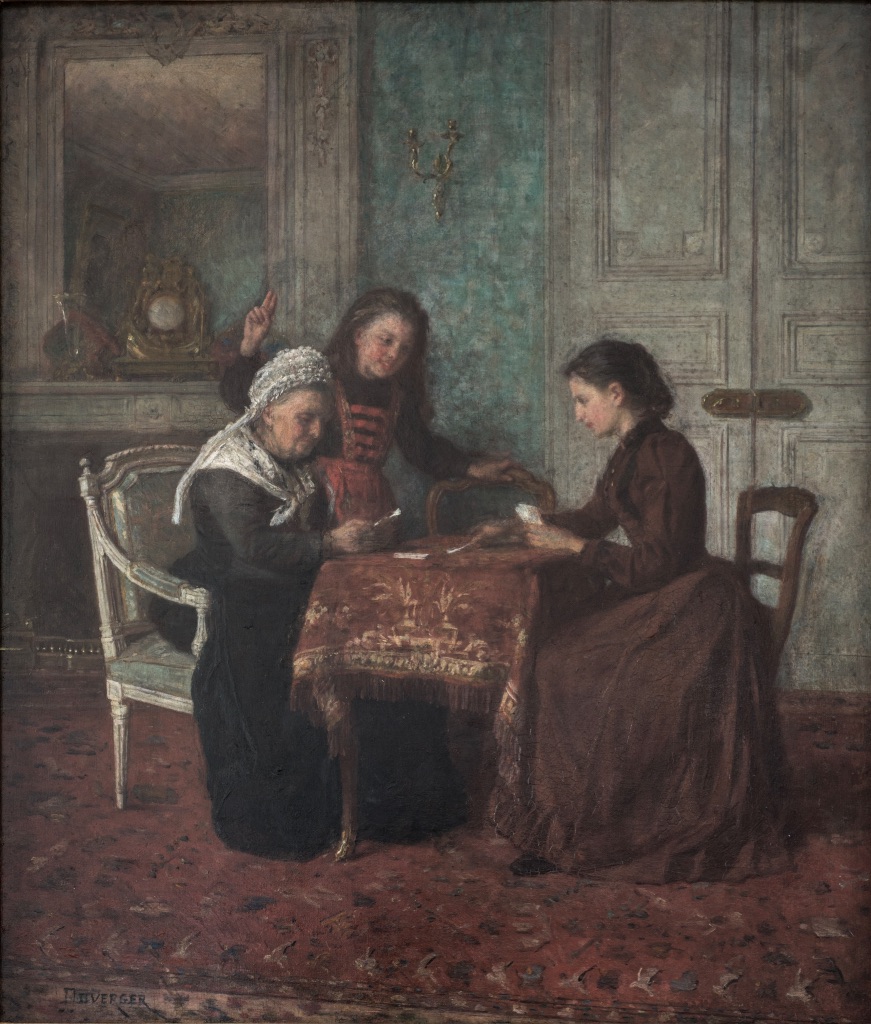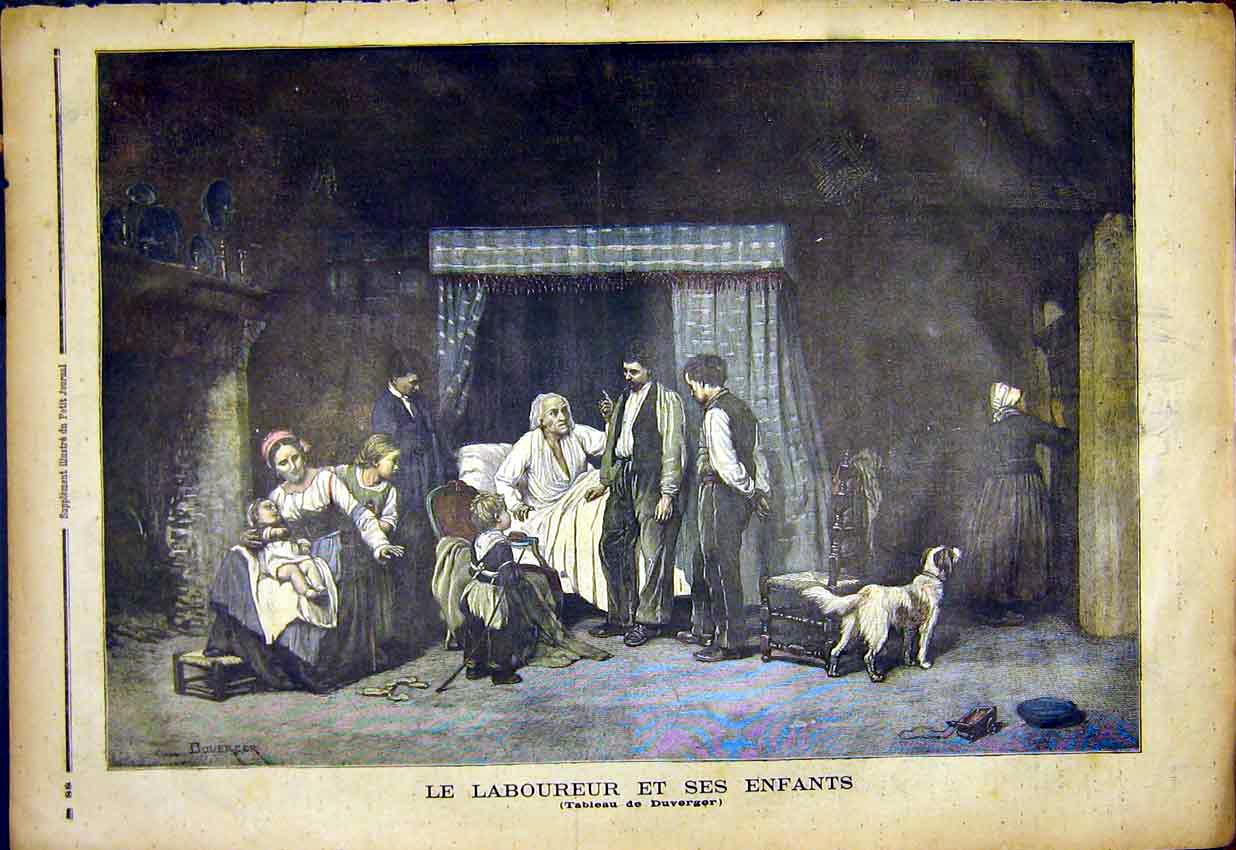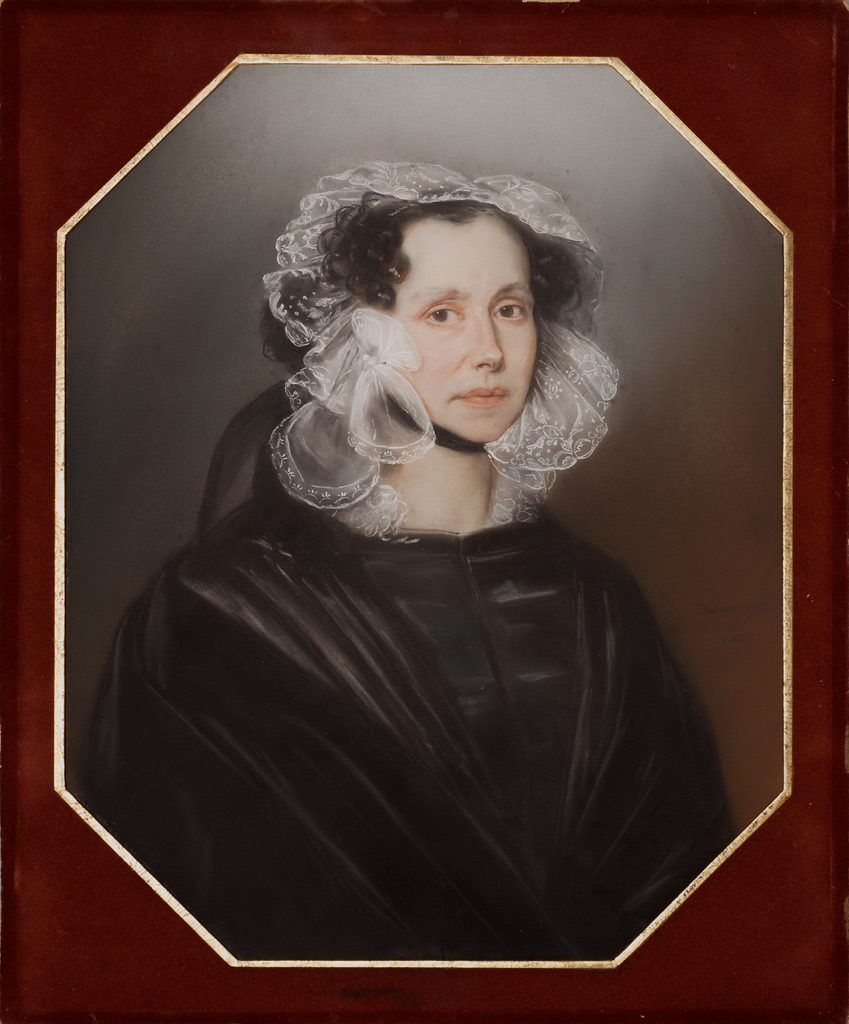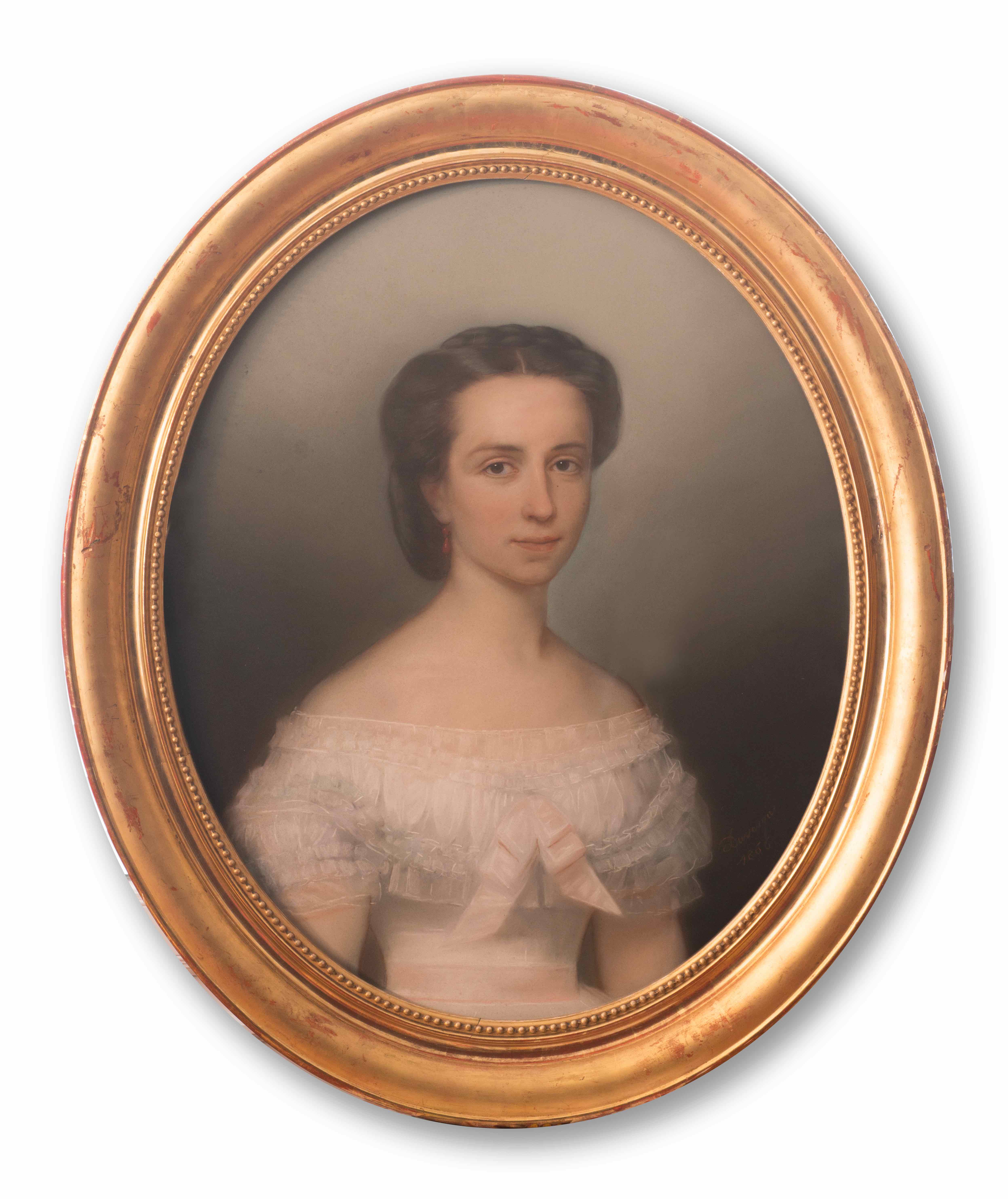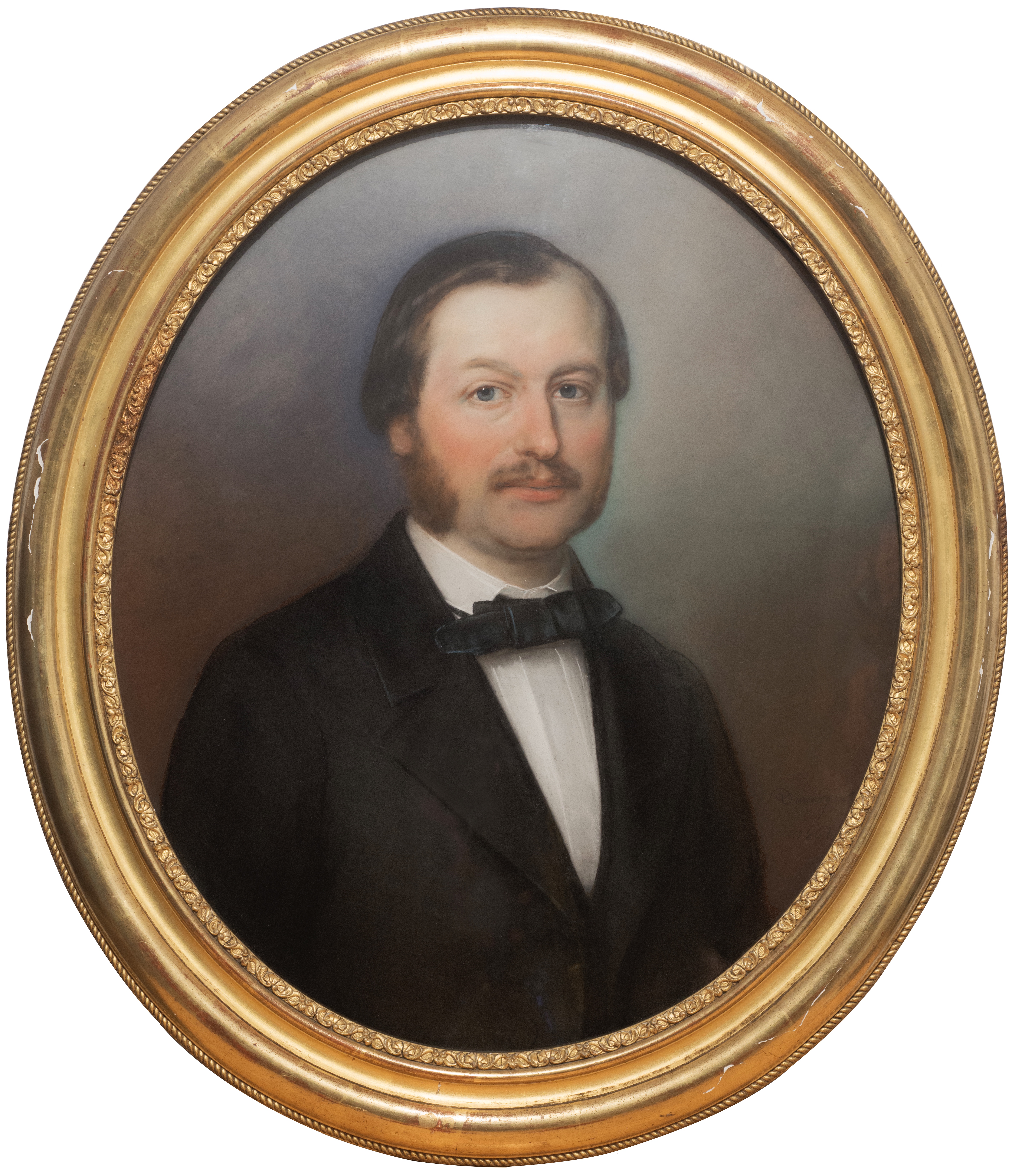Bordeaux, September 17th 1821 – August 25th 1898, Ecouen
His birth in a large city like Bordeaux could have facilitated his access to artistic training, yet Théophile Emmanuel Duverger was self-taught. He obtained his training first by a thorough and attentive observation of nature, then by studying the works of the great masters in museums and galleries, their technique, their colors, their play of light.
This personal apprenticeship had the advantage of allowing his art and his inspiration to evolve freely, outside the constraints that are generally attached to the workshops, especially in Paris, and perhaps this is one of the particularities that shines through in the paintings of Théodore Emmanuel Duverger.
He arrived in Ecouen in 1860 with his wife, Elisabeth Seignac, also born in Bordeaux on December 7, 1814. The discovery of this small village not far from Paris will bring him to enrich his experience with nature. In any case, it allowed him to meet the Colonie des peintres d’Ecouen, born under the impulse of Pierre Edouard Frère, and which he joined immediately.
During the Second Empire in particular, genre painting was able to seduce a bourgeois clientele, tired of historical or mythological painting, which ensured comfortable incomes for the artists, those of the Ecouen School, among others. The United States also presented an outlet that the painters of Ecouen worked hard to develop.
In addition to painting, Duverger, like his friends Paul Seignac and Andre Dargelas, produced numerous drawings which pleased an American, William Walters of Baltimore. In 1861, he came to Ecouen several times and was seen walking through the streets of the village in the company of Duverger before meeting up with other artists of the Colony to discuss commissions.
In 1860, Emmanuel Duverger and his wife, Elisabeth Seignac, bought a house in Ecouen overlooking the rue de la Beauvette and the place de la Beauvette (place Jean Le-Vacher), for the sum of 20,000 francs. Then on October 18, 1869, they bought, at 22 rue de la Beauvette, a vast residence of ten rooms, embellished with a garden with numerous paths and terraces full of flowers and equipped with all the comforts (of the time…) for 11 000 F.
Duverger’s last painting, « Going to the fields« , was exhibited in 1895. He died three years later and was buried in the local cemetery.
In 1906, a painting by Emmanuel Duverger, « La bénédiction du pain« , was offered to the City of Ecouen which exhibited it in the council room. Following this donation, the street of La Châtaigneraie became rue Emmanuel Duverger. In 2010, the commune of Ecouen acquires a work of this painter: « the Dog trainer« , which shows a view of the castle and the Manoir des Tourelles.
For further information, please read the book “L’Ecole d’Ecouen, une colonie de peintres au XIXe siècle” (bilingual French-English).
